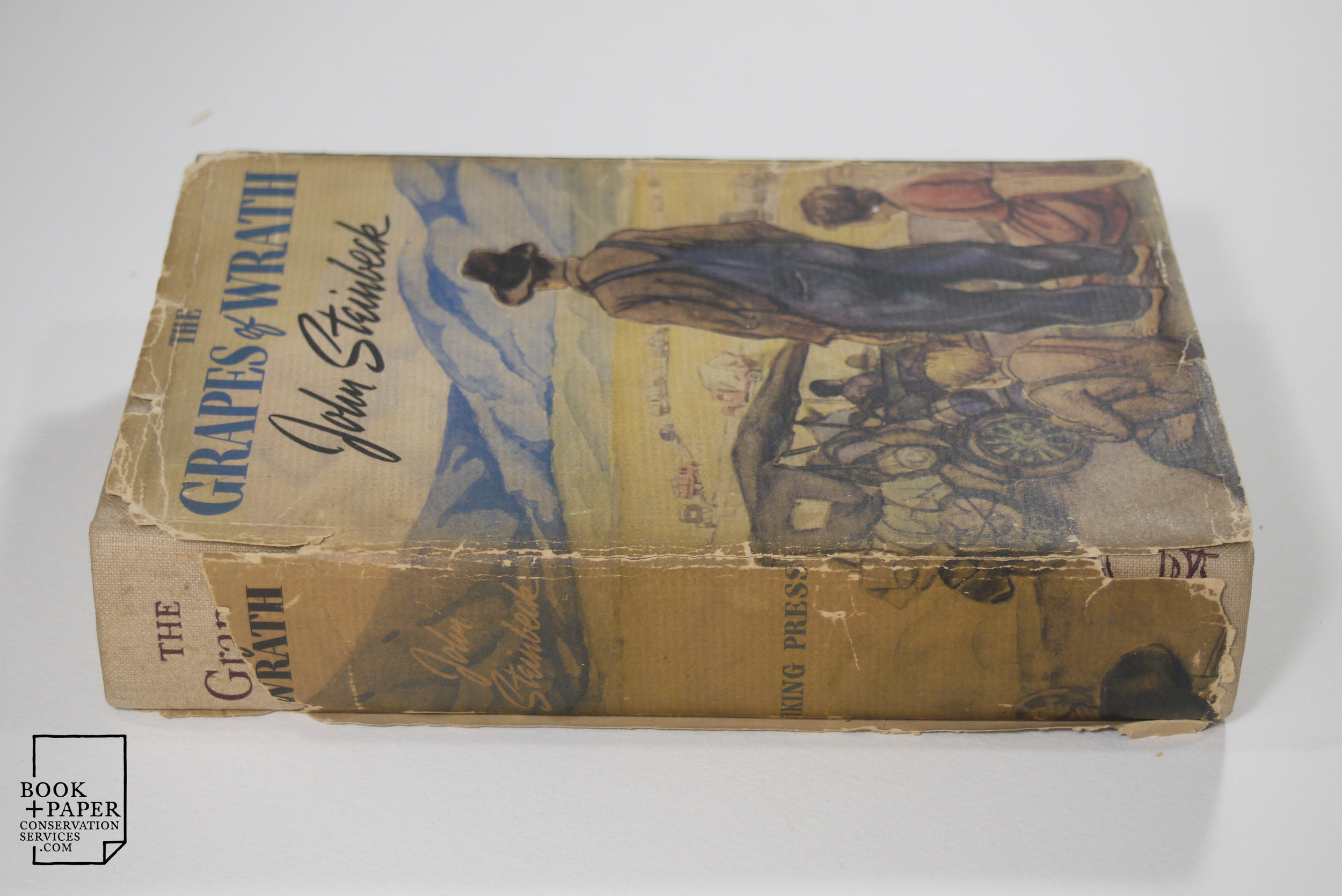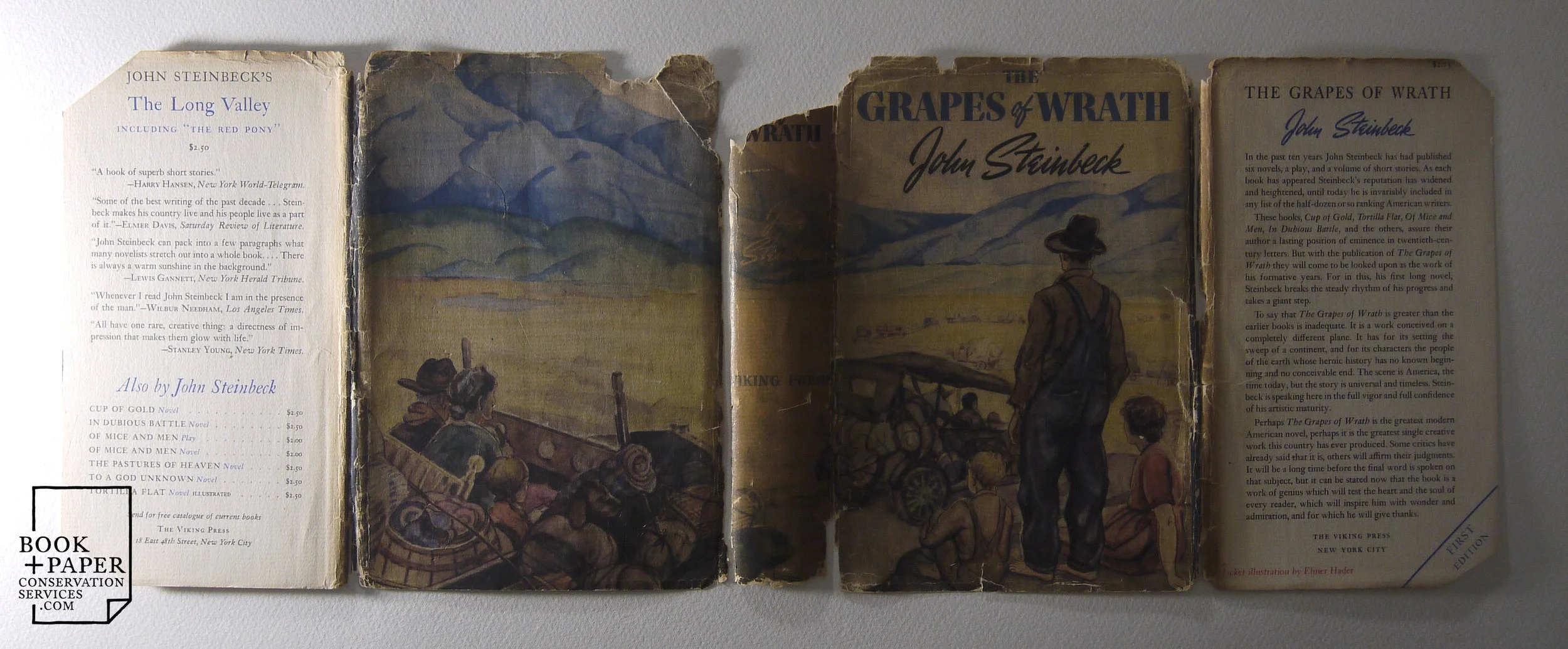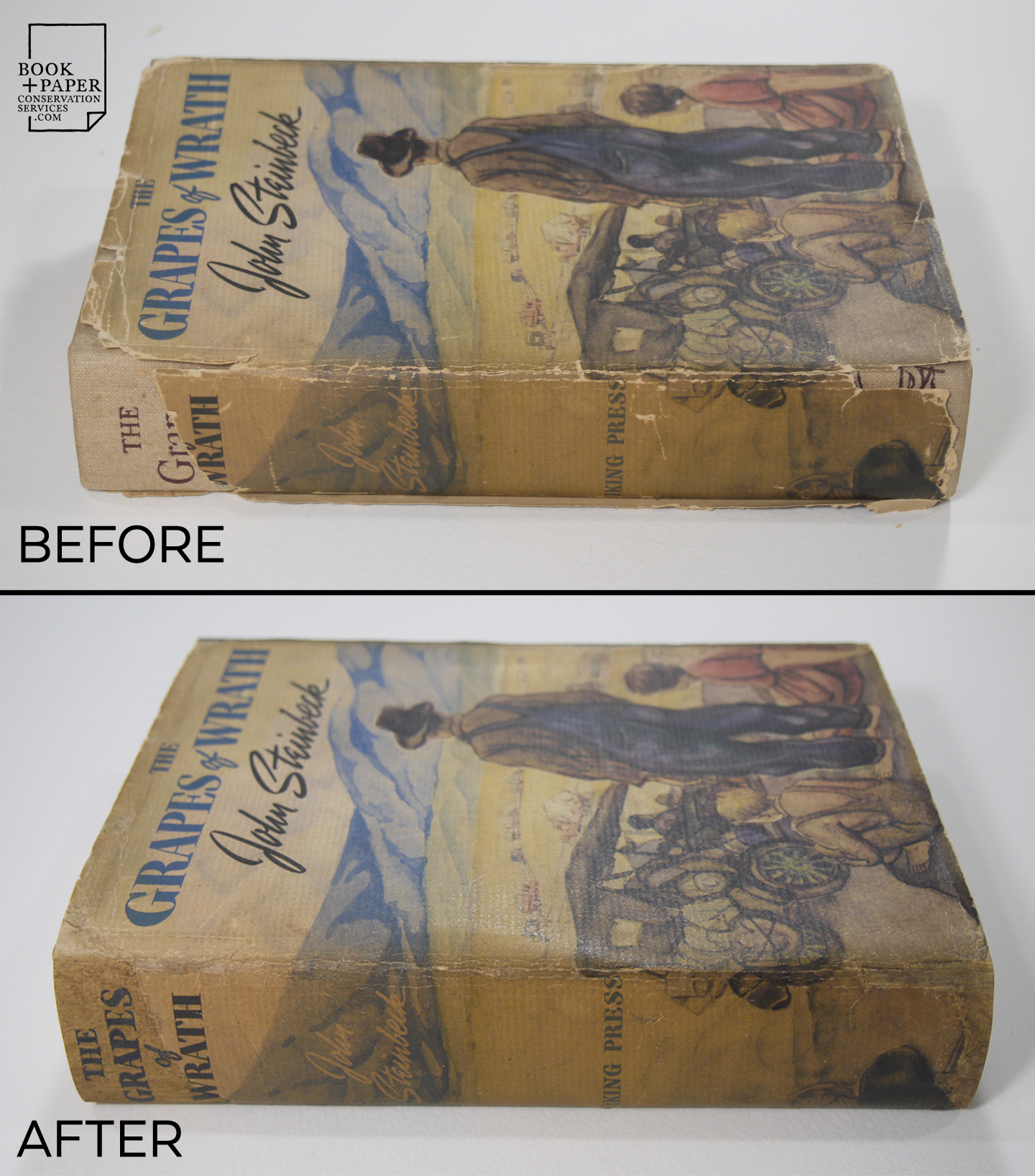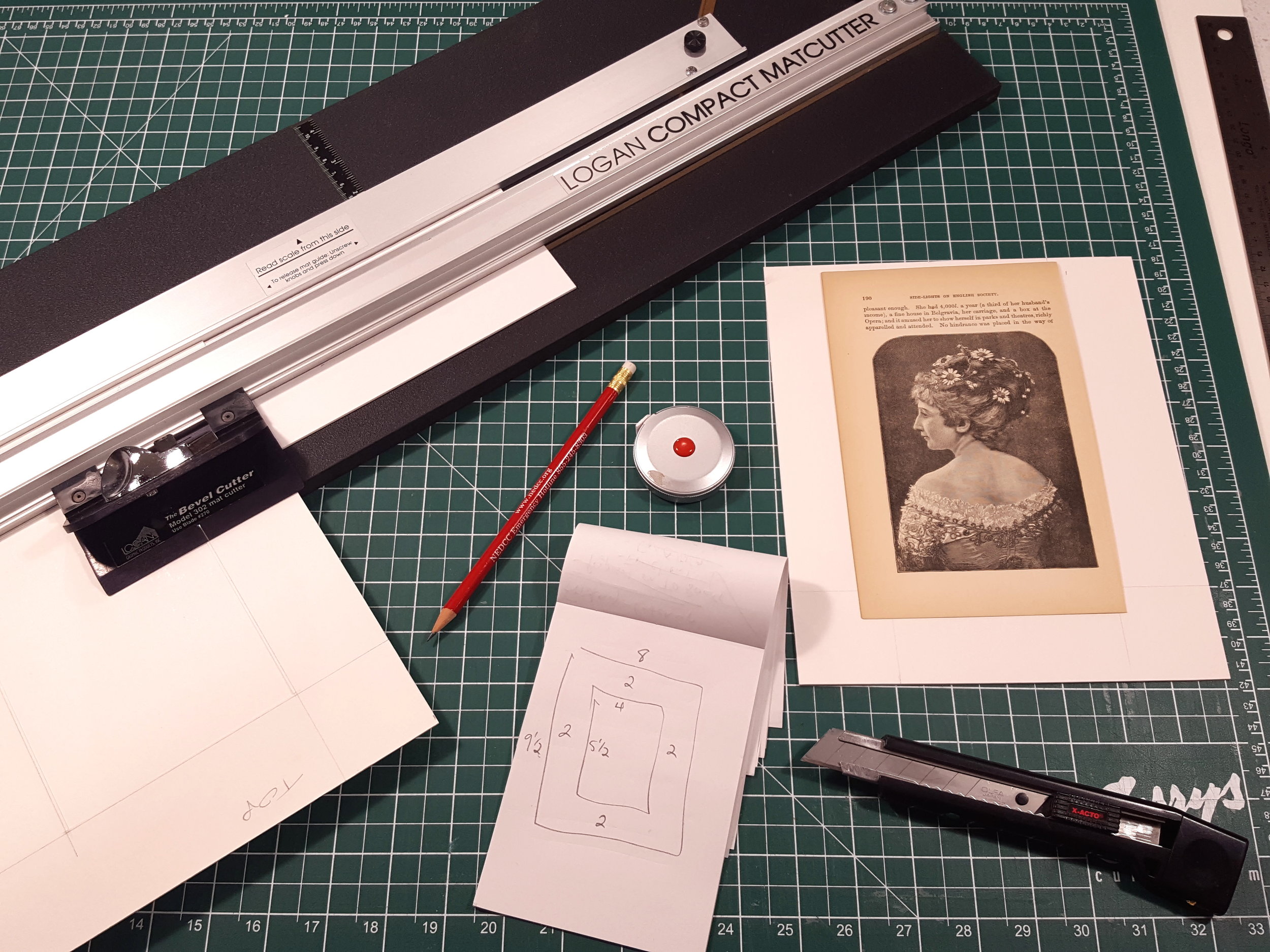Two issues of a rare early Canadian Abolitionist newspaper, The Voice of the Bondsman, published in 1856, recently received conservation treatment at our studio.
Historic documents allow us to learn from the past in a way that feels visceral and compelling, and the stewards of these materials have an important role to play in preserving and making them accessible for future generations. Western University Archives and Special Collections in London, Ontario, Canada holds many such unique artifacts, and we are privileged to work with them to conserve and preserve their artifacts.
The Voice of the Bondsman, Issue 1, an early Canadian Abolitionist newspaper, before conservation treatment. Shown in raking light.
The Voice of the Bondsman, Issue 2, an early Canadian Abolitionist newspaper, before conservation treatment. Shown in raking light.
We recently treated two important newspapers from Western’s collections with a special significance to the field of Canadian Black History: two rare issues of The Voice of the Bondsman, an early Canadian abolitionist newspaper printed and distributed by John James Linton. Linton, a Scottish-born settler of Stratford, Ontario, was active in the Canadian Abolitionist movement, and wrote several tracts and other publications supporting the abolition of slavery in the south. These two papers are believed to be the only extant copies of The Voice of the Bondsman, issues one and two, and were printed in 1856 and 1857 and distributed for free by Linton in the Stratford area.
The newspapers had been in Western’s archives for many years but recent interest in Abolitionist history had led to their “rediscovery” in the collections. The significance and research potential of the papers prompted Special Collections Librarian Debbie Meert-Williston to contact Book and Paper Conservation Services about having them conserved.
The Voice of the Bondsman newspaper viewed in transmitted light shows previous damage and tape repair.
When they arrived at our studio, the papers were suffering from damages and deterioration typical of artifacts of the period. At some time in their past the papers had been stored folded, and heavy creasing marred the sheets; there were a number of tears and breaks in the paper along the fold lines, and previous repairs with pressure sensitive adhesive tape were causing staining and degradation of the paper. The paper itself, although relatively good quality, was brittle and yellowed with age and some soiling had darkened the surface. We knew that with the heavy usage expected of such interesting items in the University collections, the papers would need to be in their best possible condition, so a conservation treatment was proposed that would address all of these issues.
The first step was removal of the previous pressure sensitive adhesive tape repairs.
Solvents were used to remove adhesive residue from old tape repairs on The Voice of the Bondsman, Issue 2.
After a light surface dry cleaning to remove dirt and grime, the previous pressure sensitive adhesive tape repairs were removed using a combination of solvents to release the adhesive embedded in the paper fibres.
Before and after tape and adhesive removal. Pressure sensitive tape repairs can cause damage and staining to delicate paper and must be removed.
The paper was of good quality rag as handmade papers of the 1850’s generally were, and it had held up well for over 150 years, but there was some brittleness and discolouration evident. In order to restore strength and flexibility as well as address any acid degradation, an immersion wash and deacidification treatment were performed on both newspaper issues.
Immersion wash and deacidification of the brittle paper.
The paper was resized with a gelatin solution after washing.
Finally, new repairs were made to the tears in the paper using stable and reversible Japanese tissue adhered with Jin Shofu wheat starch paste, and the documents were humidified and flattened to remove the creasing.
Stable and reversible repairs were made with Japanese tissue and Jin Shofu wheat starch paste.
The Voice of the Bondsman, Issues 1 & 2, after conservation treatment.
Custom archival enclosures were made to house the items, including mylar encapsulation sleeves and an acid-free folder for each newspaper. These will provide safe storage for the papers and make them easier to handle when accessed by researchers and students.
The Western University Archives and Research Collections Centre anticipates much interest in these items and others in their growing collection of early Black Canadian History. The documents are freely accessible to anyone at Western or in the broader research community, and will be digitized for online access. Events are being planned to discuss the papers this fall and to celebrate Black History month in February 2020; check back for more information as these are confirmed.
Book and Paper Conservation Services is pleased to have partnered with Western University to help preserve these important documents of Canadian history.
We provide conservation services for works of art on paper, archival materials and rare books for both private and institutional clients. If you are interested in having works in your collection conserved, don’t hesitate to contact us. You can also view examples of other projects we have completed below.
























